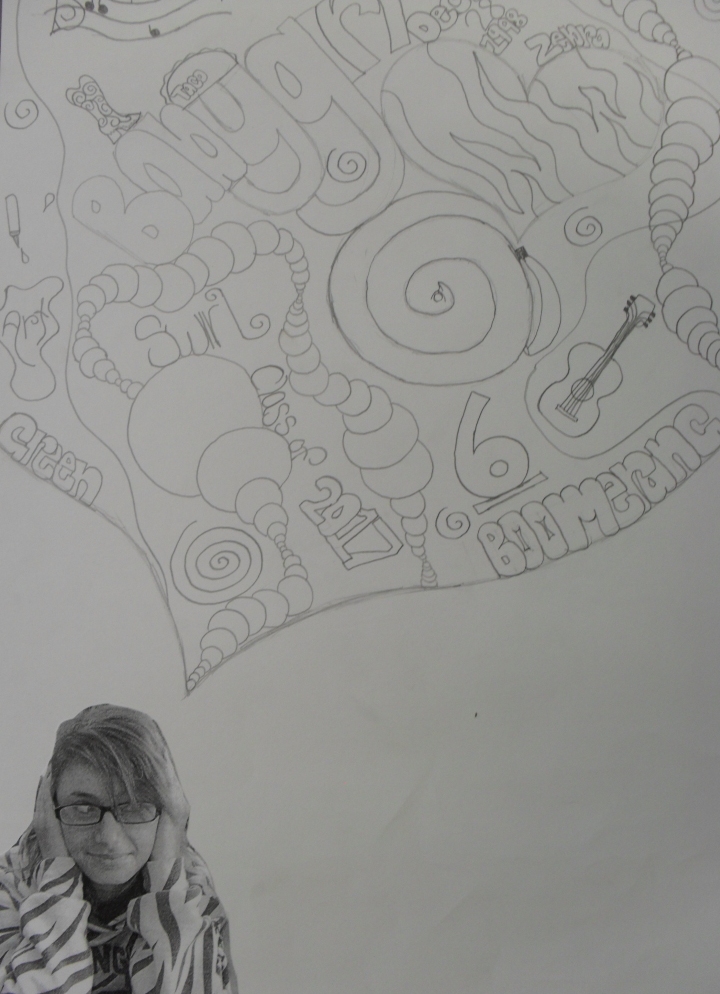This a great lesson to put together several elements of art, such as color, line, value, space and some principles of design such as rhythm and pattern. Within this lesson, I also introduced the compositional rule of thirds.
We looked at several paintings of Gustav Klimt's. As a class, we discussed his use of pattern and rhythm. Also, we talked about Klimt's use of metallic paints.
The students then we introduced to the rule of thirds. They had to create a composition using this method of creating a composition. Their art work also had to include, rhythm and pattern. The main focal element could be anything of their choice. The previous unit, we had learned about color and color schemes. So to tie the units together, the students had to make a choice about the color scheme within this composition. The media was water colored pencils and metallic paints. Within the water color pencil, the students needed to show value gradation as well.
This project involved a lot of different elements and principles of art. I used it as a final project in my Art 1 class.
Below is a handout I used in class to help students take notes.
Intro to Art- Rhythm, Composition, Color and Klimt
Objective:
You will be creating a composition in the manner of Gustav Klimt. You will be choosing a color scheme, such as warm, cool, analogous or complimentary colors. When creating a composition you will be using the rule of thirds. You will use rhythm to create the background.
Rule of Thirds:
Rhythm:
Pattern:
Procedure
You will choose a person, animal or building.
You will draw the item on the paper using the rule of thirds.
Then you will use watercolors to set a “tone” on the background, within the color scheme you have chosen.
Once the object is drawn you will create a rhythm and pattern like that of Gustav Klimt.
The pattern will be completed using colored pencils. The item you have drawn will also be completed using colored pencils but does not have the follow the color scheme. You could also use oil pastels if you choose
To finish the project, you will use tin foil or metallic paint to accent areas within the pattern.




























